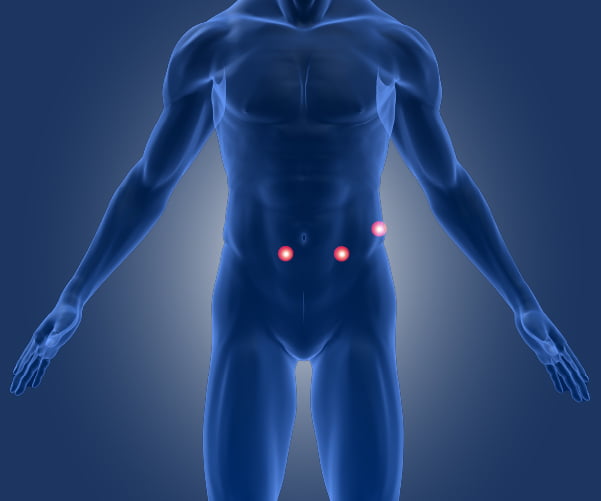What is it? In laparoscopic (key-hole) surgery the operation is carried out through small incisions with the use of a camera instrument which is called laparoscope.
Almost all hernia operations can be performed through a key-hole approach.
The groin region hernias (inguinal hernia, femoral hernia) can be performed with two different techniques, one is called TEP (stands for Total Extra Peritoneal) and the other is TAPP (Trans Abdominal Pre Perioneal). Results of both approaches are very similar.
Most Anterior Abdominal Wall hernias (epigastric, umbilical, ventral, incisional) can also be performed with a laparoscopic approach.
